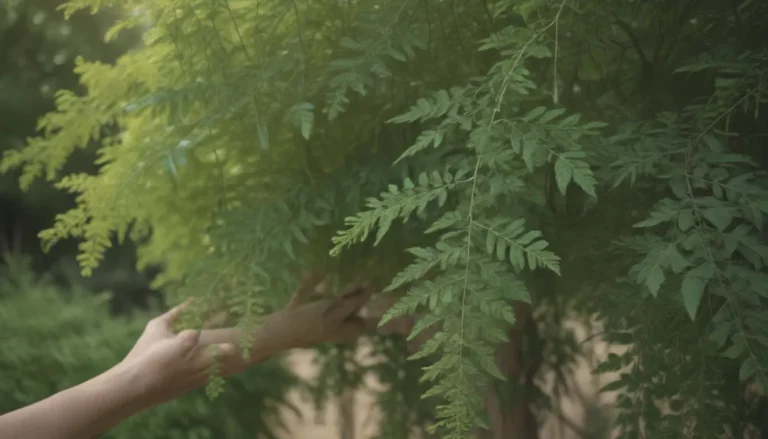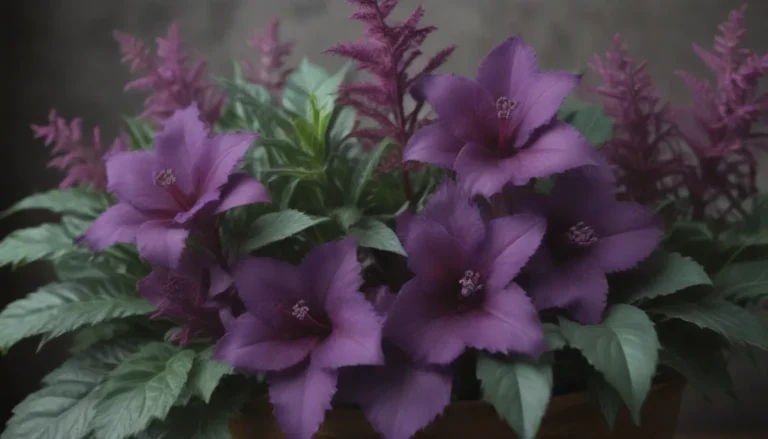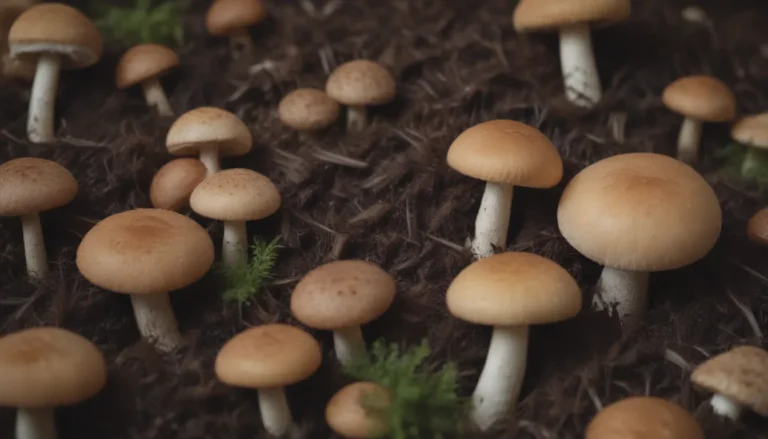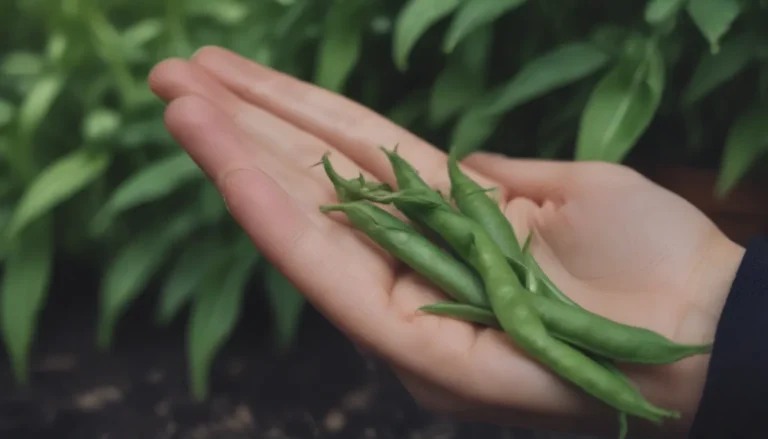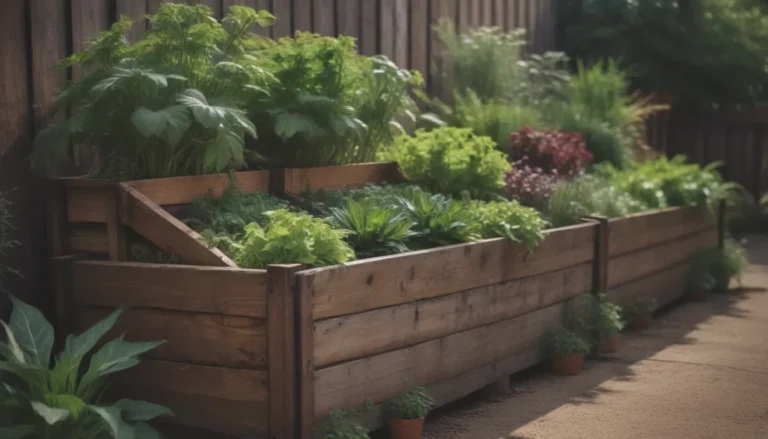The Ultimate Guide to Growing Beautiful Lithodora Plants
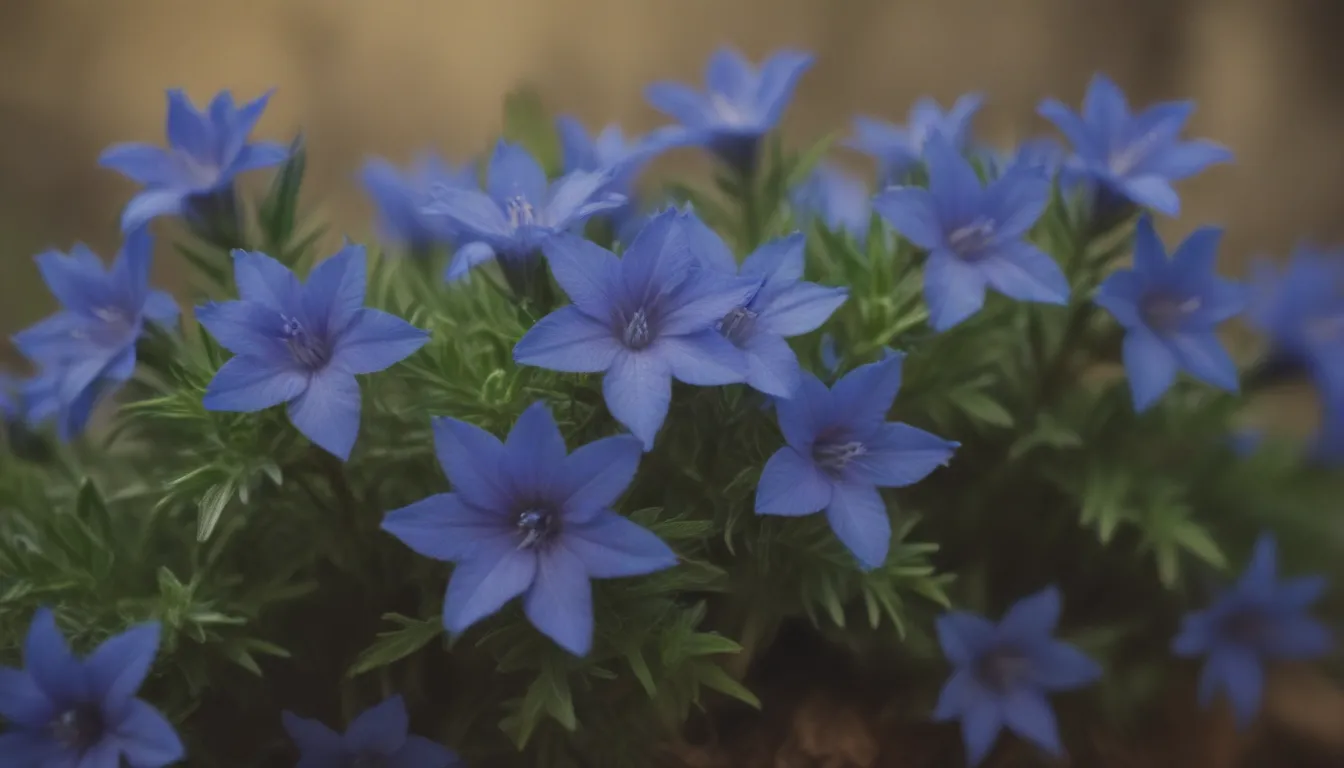
Are you looking to add a touch of vivid blue beauty to your garden? Look no further than Lithodora plants! Lithodora is a small genus of flowering plants known for their stunning, star-shaped blue flowers. In this comprehensive guide, we’ll dive deep into everything you need to know to successfully grow and care for these lovely plants. From planting tips to maintenance advice, we’ve got you covered. So grab your gardening gloves and let’s get started on this colorful journey!
Introducing Lithodora: A Vibrant Addition to Your Garden
Lithodora is a genus of flowering plants that includes the popular species, Lithodora diffusa. This low-growing groundcover is perfect for planting near pathways, in rock gardens, window boxes, or containers. With its beautiful blue flowers that bloom from late spring to mid-summer, Lithodora adds a burst of color to any garden. Its dense growth and evergreen leaves make it a year-round favorite, especially in regions with milder winters.
Lithodora Care 101: How to Keep Your Plants Happy and Healthy
Taking care of Lithodora plants is a breeze, thanks to their hardy nature and minimal maintenance requirements. Here are some essential care tips to help your plants thrive:
Light:
- Lithodora thrives in full sun but can also tolerate partial shade.
- Provide afternoon shade in hotter climates to protect the plant from direct sunlight and extreme winds.
Soil:
- Plant Lithodora in moderately rich, well-drained, acidic soil, preferably sandy.
- Avoid heavy clay soil, as Lithodora does not tolerate it well.
Water:
- Water newly planted Lithodora thoroughly at least once a week to encourage deep root growth.
- Check the soil moisture with your finger and ensure it remains damp about one inch below the surface.
- Avoid overwatering, as it can lead to root rot. Aim for one inch of water per week.
Fertilizer:
- Generally, Lithodora does not require fertilizer unless the leaves show signs of nutrient deficiency.
- Use a fertilizer for acid-loving plants and avoid granular fertilizers near the plant crown.
- Opt for a diluted, slow-release fertilizer to keep your Lithodora plants healthy and vibrant.
Temperature and Humidity:
- Lithodora is hardy in USDA Hardiness Zones 6 through 8 and does not thrive in extremely hot and humid conditions.
- Provide adequate protection for your plants in harsh weather conditions to ensure their well-being.
Exploring Lithodora Varieties: Which One is Right for You?
Most Lithodora plants belong to the Lithodora diffusa species, with popular varieties including ‘Grace Ward,’ ‘White Star,’ ‘Blue Star,’ and ‘Heavenly Blue.’ Each variety offers unique characteristics and color palettes, allowing you to choose the perfect match for your garden.
Pruning Tips for Healthy Lithodora Plants
Pruning Lithodora plants is essential to maintain their shape and health. Follow these simple steps to keep your plants looking their best:
- Wait until early spring to prune your plants and remove any blackened leaves.
- After the flowering period ends in mid to late summer, trim back any unwanted growth to refresh the plant.
- Avoid cutting into the woody stems and maintain a balanced shape for optimal growth.
Propagating Lithodora: A Step-by-Step Guide
If you’d like to propagate your Lithodora plants, follow these tips for successful division and cutting propagation:
- Divide the plant in early spring or fall to create new plants with ease.
- Take cuttings from established plants in mid to late summer to propagate additional specimens.
- Ensure proper care and hydration for the new plants to encourage healthy growth and establishment.
Cultivating Lithodora from Seed: What You Need to Know
While Lithodora plants are primarily propagated vegetatively, you can experiment with growing them from seed. Keep in mind the following considerations:
- Lithodora seeds are not widely available, as many varieties are cultivars.
- Seeds may not produce plants true to the parent, so seed propagation is not commonly recommended.
- Explore other propagation methods for guaranteed success in growing Lithodora plants.
Potting and Repotting Lithodora: A Guide for Container Gardeners
For gardeners who prefer container gardening, Lithodora plants are an excellent choice. Follow these steps for potting and repotting your plants:
- Choose a large pot with drainage holes to accommodate the plant’s root system.
- Select an unglazed clay pot for optimal moisture control and evaporation.
- Water the plant thoroughly and maintain regular watering to keep the soil moist.
- Repot the plant when roots outgrow the container or divide it into smaller sections for continued growth.
Overwintering Lithodora: Tips for Cold Weather Care
During the colder months, ensure your Lithodora plants are well-protected from frost and low temperatures. Follow these tips for successful overwintering:
- Apply a thick layer of mulch around the plant’s base to insulate the roots from winter cold.
- Monitor the plant for any signs of damage from cold temperatures and provide extra care as needed.
- Help your Lithodora plants bounce back in the spring by ensuring they have adequate protection during the winter months.
Dealing with Pests and Diseases: Keeping Your Plants Healthy
While Lithodora plants are relatively pest and disease-resistant, you may encounter occasional issues. Here are some common problems and solutions:
- For pests like aphids, spider mites, or whitefly, use insecticidal soap or hot pepper wax to control infestations.
- Watch out for root-knot nematodes, which can cause wilting or stunted growth. Remove infected plants and seek advice from local experts for additional support.
- Prevent bacterial leaf spot by avoiding overhead watering and maintaining good plant hygiene to reduce disease risks.
Tips for Encouraging Blooms: Keeping Your Lithodora Plants Flowering
To ensure your Lithodora plants bloom to their full potential, follow these strategies:
- Provide adequate sunlight and water to encourage healthy growth and flowering.
- Rule out any underlying issues such as overwatering or lack of sunlight to promote continuous blooming.
- Enjoy the vibrant blue blooms of your Lithodora plants and appreciate their beauty throughout the growing season.
Fun Facts about Lithodora: Discovering the Beauty of These Plants
Did you know that Lithodora plants are native to southern and western Europe and the Mediterranean? While they may resemble Lobelia plants with their blue flowers, they are distinct species with unique characteristics. The name “Lithodora” comes from the Greek words for “stone” and “gift,” reflecting the plant’s natural beauty and resilience.
In conclusion, Lithodora plants are a delightful addition to any garden, offering vibrant color and easy maintenance. By following our comprehensive guide, you can enjoy the beauty of these plants year-round and create a stunning landscape that truly shines. So go ahead, plant some Lithodora, and watch your garden come alive with color and charm!
For more information on Lithodora plants and expert gardening advice, visit Missouri Botanical Garden – Lithodora Diffusa and start your botanical journey today. Happy gardening!
